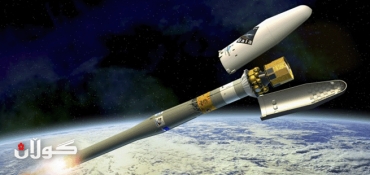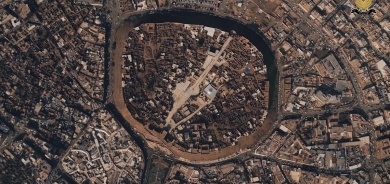European ‘star mapper’ Gaia set for launch

Gaia’s giant telescope system was designed to take images of approximately 1 billion stars in the Milky Way, and is also expected to discover thousands of yet unknown objects in space.
Scientists believe the spacecraft will reveal thousands of unknown asteroids within our solar system, as well as thousands of exoplanets, tens of thousands of ‘failed’ stars known as brown dwarfs, and hundreds of supernovae beyond those boundaries.
“From the information obtained, we hope to understand much more about the structure, contents and evolution of our Galaxy, how it came into being and why it is the way it is,” ESA said on its website.
While a Russian Soyuz launcher will take Gaia up into space on Thursday under the watchful eye of its mission team in Darmstadt, Germany, the spacecraft will not be in its final orbiting position over earth until mid-January.
The total cost of the purely European mission has been estimated by ESA at 740 million euros.
Massive amounts of data
Gaia features a number of new technologies that are necessary for the “star mapper” to take its highly precise images of faraway stars.
Its telescopes feature a focal plane array with nearly 1 billion pixels – 1,000 times larger in size than a typical smartphone – making them the largest digital cameras ever used in space.
ESA said it was bracing for massive flood of data from Gaia over the next few years. Observations will translate into 40 Gigabytes of information flow each day, or around 1 million Gigabytes – enough to fill 200,000 DVDs – before the mission ends in 2018.
Initial mission results are expected to be released to the public sometime in 2014, with more substantial information slated for October 2014.
However, the release of the mission’s final product, the so-called Gaia catalogue, will only be available in 2021.
France24














